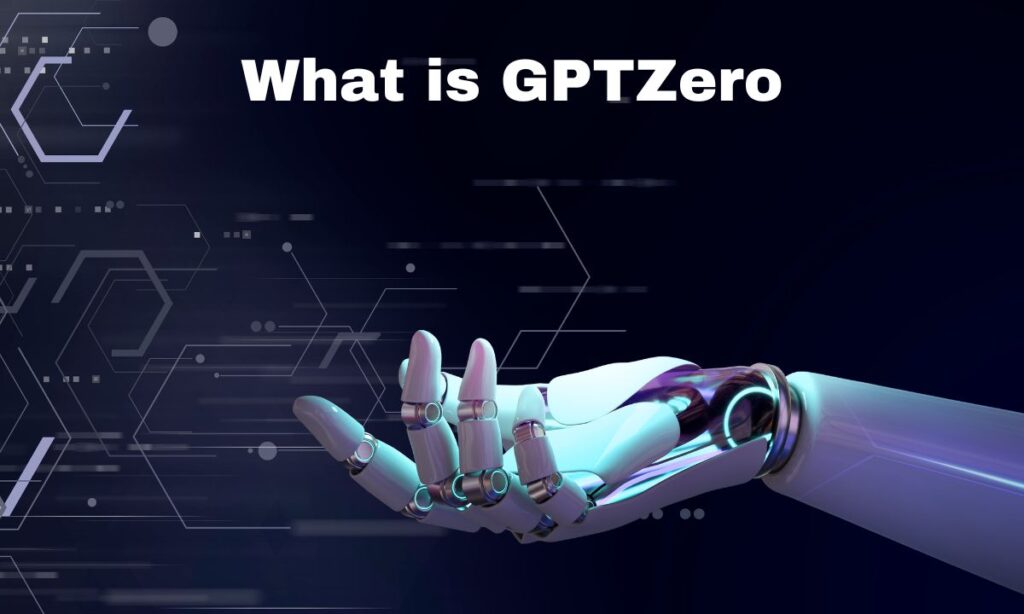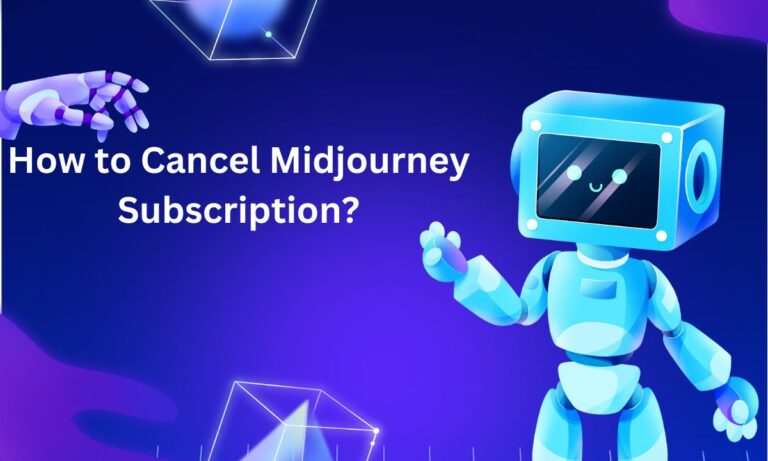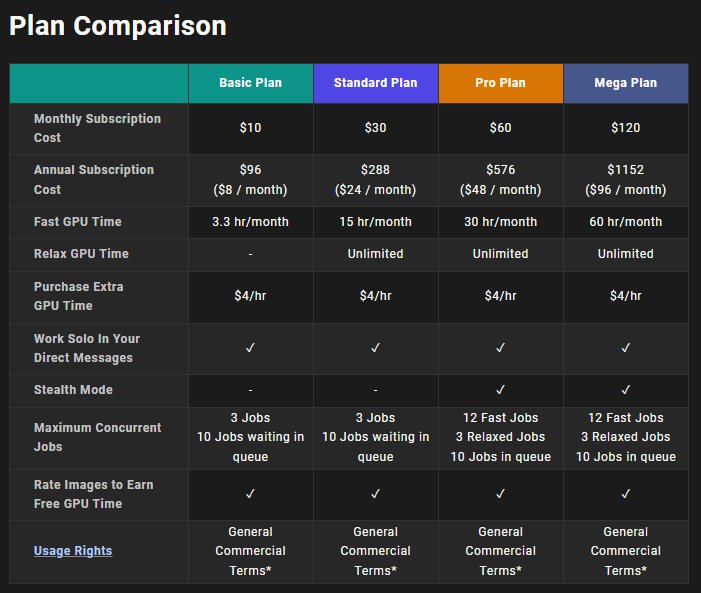What is GPTZero (A Comprehensive Guide)
ChatGPT, Jasper, Article Forge, and other AI tools that generate written content pose concerns regarding content authenticity, particularly in research articles, education, and the medical fields. It paves the way for the development of AI detection tools. GPTZero is one AI detection tool that has gained considerable popularity.
What is GPTZero?
GPT Zero represents an AI content detection tool designed to assess whether a given text has been authored by a sophisticated language model, such as ChatGPT. This software utilizes artificial intelligence algorithms to scrutinize text for potential errors, inconsistencies, or signs of plagiarism.
GPT Zero has undergone training using an extensive dataset consisting of both human-generated and AI-generated text. Consequently, it delivers predictions at the levels of sentences, paragraphs, and entire documents.
It possesses the capability to discern content produced by ChatGPT, as well as that generated by other AI models like GPT-3, GPT-4, and Google Bard. The objective of this tool is to establish global benchmarks for AI detection while maintaining its credibility as a trustworthy AI text detection utility.

Who developed GPT Zero?
GPTZero was developed by Edward Tian, 22, an undergraduate student pursuing degrees in computer science and journalism at Princeton University. He shared the code for this application in January 2023, following a visit to his hometown in Toronto, Canada, during the holiday break.
Since its launch, GPTZero has garnered significant attention from prominent news outlets, amassing over 7 million website visits. In May 2023, GPTZero unveiled a new web browser extension, thanks to the support of initial funding.
Notably, GPTZero stands out as the most precise AI detector across various applications, a fact corroborated by multiple independent sources, including TechCrunch, which hailed it as the premier and most dependable AI identifier for ChatGPT, GPT-4, and beyond.
Potential Features of GPTZero
GPTZero possesses several noteworthy attributes, including:
- AI Recognition Abilities: GPTZero can identify text created by a wide array of AI tools, including ChatGPT, GPT-3, GPT-2, LLaMA, and other similar AI services.
- Confidence Assessment: GPTZero furnishes a numerical score indicating the likelihood that the entire document was generated by AI.
- Text Emphasis: GPTZero highlights the sentence deemed most probable to be AI-generated.
- Global Acknowledgment: GPTZero has garnered significant attention from prominent news outlets, and its website has attracted over 7 million visitors since its launch.
- Diverse Applications: GPTZero finds utility in various domains, such as education, recruitment, and the identification of plagiarism.
- Ratings: GPTZero offers a general assessment regarding whether the text is likely AI-generated, along with presenting the perplexity and burstiness scores.
- Identification: GPTZero discerns AI-generated text by evaluating two text properties known as “perplexity” and “burstiness”.
How Does GPTZero Work?
Curious about how GPTZero differentiates between text produced by humans and text generated by artificial intelligence? Let’s delve into the mystery behind the scenes.
At its heart, GPTZero operates as an AI investigator. It closely inspects text, whether it is a lone sentence, a passage, or an entire document, and discerns whether it is the work of a human or an AI. Imagine it as a sleuth, adeptly spotting AI-generated content within a sea of words.
GPTZero has received training utilizing an extensive dataset encompassing both human-crafted and AI-generated text that hasn’t been shared online previously. It has been educated to identify subtle disparities in writing style, structure, and other linguistic aspects that distinguish human composition from AI-generated material.
When GPTZero evaluates a piece of text, it doesn’t merely focus on the words themselves. It thoroughly analyzes sentence structure, the flow of ideas, word selections, and various other elements to identify cues that the text might have originated from an AI source, attempting to mimic human-like writing.
GPTZero assigns a score known as “completely_generated_prob,” which indicates the likelihood that the entire document was generated by AI. This score provides a nuanced evaluation of the extent to which AI may have contributed to the text.
In cases where the content combines both human and AI elements, GPTZero can offer sentence-level classifications, highlighting specific sentences it believes were crafted by AI, as illustrated in the image above.
GPTZero’s capabilities expand beyond a single type of AI model. It serves as a versatile tool capable of detecting content generated by various AI tools, including ChatGPT, GPT-3, GPT-2, LLaMA, and other AI models. Consider it a universal translator for AI language models!
How to Use GPTZero?
Certainly, here are the instructions for using GPTZero:
- Visit the GPTZero website.
- Either input your desired text into the provided box or upload a file containing the text.
- Click the “Analyze” button to initiate the analysis.
- The results will indicate whether the text’s authorship is human or AI-generated, along with a document-level score indicating the likelihood of AI generation.
It is worth noting that the free version of GPTZero imposes a 5000-character limit per document, and it allows batch analysis of up to three documents at a time.
GPTZero offers two premium options, namely GPTZero Educator and GPTZero Pro, which provide higher character limits and enable batch analysis of an unlimited number of files. To access these premium versions, simply login to the GPTZero Dashboard and follow the provided instructions.
How Effective is GPTZero?
GPTZero, an AI content detection tool, was developed by Edward Tian, a student at Princeton University, to identify AI-generated content. Its primary purpose is to assist educators in identifying instances of AI-based plagiarism.
However, concerns have been raised regarding the accuracy of GPTZero’s assessments. Some sources have asserted that GPTZero achieves a 98 percent accuracy rate, a claim I find dubious based on my personal experiences. In my interactions with GPTZero, I frequently misidentified content I authored as AI-generated.
The online community remains divided on the reliability of this AI detection tool. While certain tests have shown GPTZero’s ability to accurately distinguish between text generated by ChatGPT and random guesses, other assessments have revealed its frequent inaccuracies and struggles in distinguishing AI-generated content from human-authored material.
GPTZero provides results by delivering a broad evaluation of whether the text likely originates from AI, accompanied by perplexity and burstiness scores. It is essential to note that GPTZero is currently in beta mode, and ongoing assessments are underway to address its limitations. Moreover, GPTZero is currently accessible to educators at no cost.
In short, the effectiveness of GPTZero remains a subject of ongoing evaluation. While some tests indicate its accuracy in identifying AI-generated content, others highlight its tendency to make errors when distinguishing between AI-generated and human-written text.
Therefore, making definitive claims about the tool’s effectiveness would be premature, as conclusive research on this topic is lacking.
Is GPTZero Free to Use?
Certainly, GPTZero Classic has been available to the public since the start of 2023, and it is now free for usage as of September 2023. Nevertheless, the no-cost version comes with a 5000-character cap for each document, and you are limited to processing three documents concurrently.
GPTZero also provides two premium options: GPTZero Educator and GPTZero Pro. These premium versions offer greater character limits per document and permit unrestricted batch analysis of files.
Paid Plans of GPTZero
GPTZero offers three distinct subscription options: Free, Pro, and API. The Free plan caters to everyday users and shares core similarities with the paid alternatives. The Pro plan, designed for power users, comes at a monthly cost of $19.99.
It boasts a maximum document length of 50,000 characters, unrestricted batch uploads, and grants access to GPTZero’s premium AI detection model, offering expansive usage limits.
Meanwhile, the API plan targets enterprises and developers seeking to harness the GPTZero API for tailored solutions. Pricing for this plan starts at just $14.99 per month, allowing for a monthly word processing allowance of up to 0.5 million words.
8 Major Use Cases of GPTZero
Here are some of the practical applications of GPTZero:
1. Educational Utility: GPTZero was designed with educators’ needs in mind. It can assist in identifying AI-generated content in student submissions and educational technology scenarios. Teachers can employ GPTZero to verify the authenticity of the content and prevent AI-driven plagiarism.
2. API Integration: GPTZero provides an API that can seamlessly integrate into various applications. This API can be employed to identify AI-generated content within essays, articles, and other written materials.
3. Detecting Artificial Content: GPTZero excels at recognizing instances of AI-generated text. It offers a general assessment of whether the text is likely AI-generated, along with measures of perplexity and burstiness.
4. Enhancing AI Models: GPTZero can play a pivotal role in enhancing AI language models by pinpointing their vulnerabilities and areas requiring improvement.
5. Upholding Academic Integrity: GPTZero is valuable for safeguarding academic integrity. It aids in the identification of AI-generated content in academic papers, essays, and examinations, thus thwarting plagiarism.
6. Journalism: In the realm of journalism, GPTZero acts as a safeguard against AI-generated content in news articles, helping to combat the dissemination of false information and fake news.
7. Content Generation: GPTZero serves as an excellent source of inspiration and a remedy for writer’s block. It can generate creative ideas and content that are free from AI influence.
8. AI Research: Researchers can leverage GPTZero to explore the traits and attributes of AI-generated content, offering valuable insights into the capabilities and limitations of AI language models.






